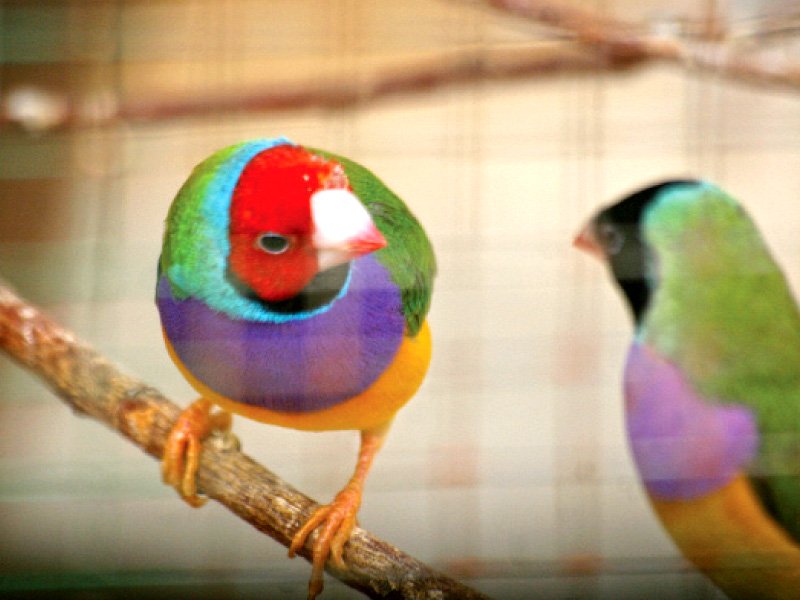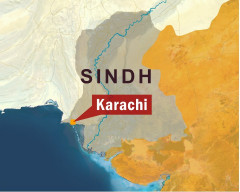
PESHAWAR:
The world will be observing World Wildlife Day for the first time on March 3 but in Pakistan and Khyber-Pakhtunkhwa (K-P), it will be just another day, bringing many animal and plant species closer to the verge of extinction, thanks to official and societal neglect.
According to the United Nations Environment Programme website, in December 2013 the UN declared March 3 as World Wildlife Day, the same day as the adoption of the Convention on International Trade in Endangered Species of Wild Fauna and Flora (CITES). CITES is meant to ensure global trade in no way negatively impacts the preservation of species.
In K-P, three wildlife parks were established in Tanda, Kotal and Nizampur around 20 years ago where chinkara (Indian gazelle), hog deer and urial (subspecies of wild sheep) were bred and introduced, but the number of these animals has decreased due to lack of care and anti-poaching measures on the part of the wildlife department.
“There is no security for these animals so people capture or hunt them. Many times wildlife officials go hunting themselves,” an official of the department requesting anonymity told The Express Tribune.
“The average life of a hog deer or urial is around 15 years but since poaching is so common in these parks, the best option is to initiate a controlled trophy hunting programme like the markhor one in which 80% shares go to the local community which in turn protects local wildlife,” suggested the official. The Himalayan Monal pheasant is near extinction in Kohistan and Chitral along with the tragopan pheasant, he added.
“Many species of deer, excluding the markhor, have already become extinct in the mountain ranges of the province; there is no project to reintroduce them in the wild,” complained the official.
A lack of funding, shortage of staff and other necessary equipment were the biggest hurdles faced by the wildlife department, he shared.
Under the government’s watch
Pangolin hunting is being carried out on a large-scale by the Changaryan or nomads in K-P to supply its meat to markets in China.The leopard gecko is also netted on a large-scale in the semi-mountainous areas and desert ranges to meet market demands in Europe and America.
The hunting of migratory birds fleeing the winter continues in the wetlands and rivers of the province while officials continue to turn a blind eye.
Moreover, Peshawar is considered the largest black market of Saker falcons in the world with Arab sheikhs paying millions for one bird. The Saker is in turn used to hunt the endangered Houbara Bustard.
In September 2013, four Saker falcons were recovered from a man in Peshawar who was allegedly trying to smuggle them to UAE via Karachi where their collective price was stated to be around Rs3.5 million. Officials of the wildlife department, often accused of conniving with smugglers and hunters, had claimed after the incident that they were trying to curb the illegal falcon trade but its demand in the Middle Eastern countries had turned it into a lucrative business.
In January 2014, a village jirga banned all types of hunting in Kohi Barmol in a bid to protect wildlife and the natural beauty of the mountain range located in Katlang tehsil of Mardan.
It announced an end to a 15-year-old agreement with the wildlife department wherein locals were paid 75% of permit fees issued to hunters by the department.
The elders had claimed that the relentless issuance of hunting permits was leading to a scarcity of birds and deer, and destroying the area’s natural habitat.
Published in The Express Tribune, March 2nd, 2014.









































1713521455-0/Untitled-design-(9)1713521455-0-270x192.webp)















COMMENTS
Comments are moderated and generally will be posted if they are on-topic and not abusive.
For more information, please see our Comments FAQ